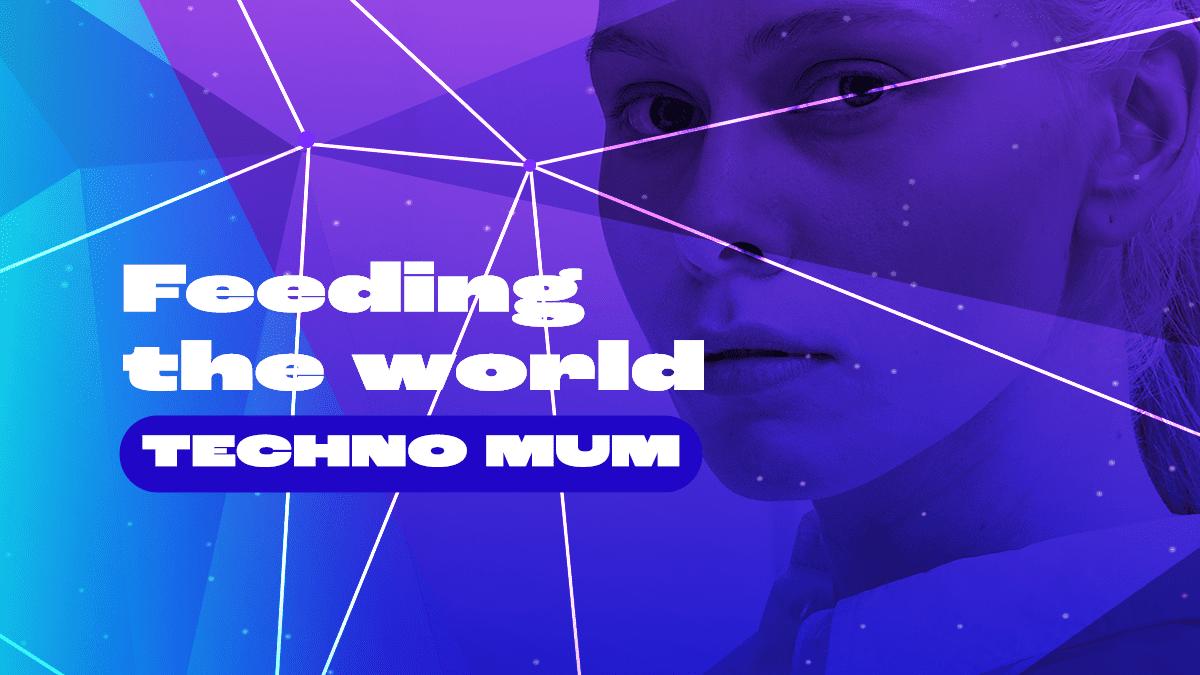Imagine a future where technology could help create a more equal world. Imagine a school where you could learn alongside children from every country you can think of.
Well that’s what World School is all about.
In this episode of Techno Mum’s World School, Sam and Techno Mum are finding out how technology can help us produce enough food in the future for everyone who needs it.
Think about how much food we need to feed everyone in the world! That’s nearly 8 BILLION people – with another billion expected in the next 50 years. That’s a lot of food.
To make a fairer and more sustainable world we need to make sure everyone has access to food and water. With so many people to feed this is a real challenge.
The challenges of feeding the World
Three of the most important crops on Earth are maize, wheat and rice, and producing them is a global effort. America produces 70% of all the maize, China produces 50% of the wheat we eat, and a whopping 90% of rice comes from Asia.

Some countries can’t grow all of their own food because climate or soil conditions aren’t right, and so they import food from other places – which can be expensive. With a growing population, the big producers have a bunch of challenges on their hands to produce enough crops for the world.
Weather, such as droughts and floods, affects crops. This is being made worse by climate change.

Another challenge is protecting crops from disease and pests. Even when everything is perfect, it can be difficult to find enough people to work on farms.
Once food has grown there are still challenges when packaging, transporting and selling food. This uses tremendous amounts of energy which once again leads to more climate change. When you throw the packets away, there’s another issue to think about.
Gases from landfill – along with emissions from livestock adds warming methane into the atmosphere making the problem even worse. Scientists are trying to come up with technology to tackle the problem.
How technology can help solve our food challenges
We can protect crops from unpredictable weather using enhanced greenhouses and vertical farms. Technology can monitor data from the crops to minutely adjust water and light, and distribute what the plants need using non-diesel power and enhanced nozzles. Drones already help farmers survey crops and can target plants that need fertiliser or pesticides and herbicides – and give out just the right amount, which helps cut back on wasted resources. They can also use lasers to get rid of weeds without the need for chemicals.

Now let’s talk about how technology can help with food transportation. It’s a lot cheaper and greener to source food locally or from places close to where we live, but it’s not always possible. The more trains, planes and boats needed on the journey, the higher the cost. Not just for us but the planet too. The good news is increasingly clever computing such as artificial intelligence and something called machine learning can analyse data to help us find more efficient ways to transport crops, livestock and food.
And we all know we should use less packaging – particularly plastics which are difficult to recycle. The cool thing is natural plastics are being created with biological materials, including potato starch, cellulose from trees, straw and even sugarcane. There is even edible packaging in development so when you finish your yoghurt, you can eat the pot!

Would you eat your packaging if you could?

Created with the support from The Institution of Engineering and Technology.
For more information visit The IET.
Add a comment



